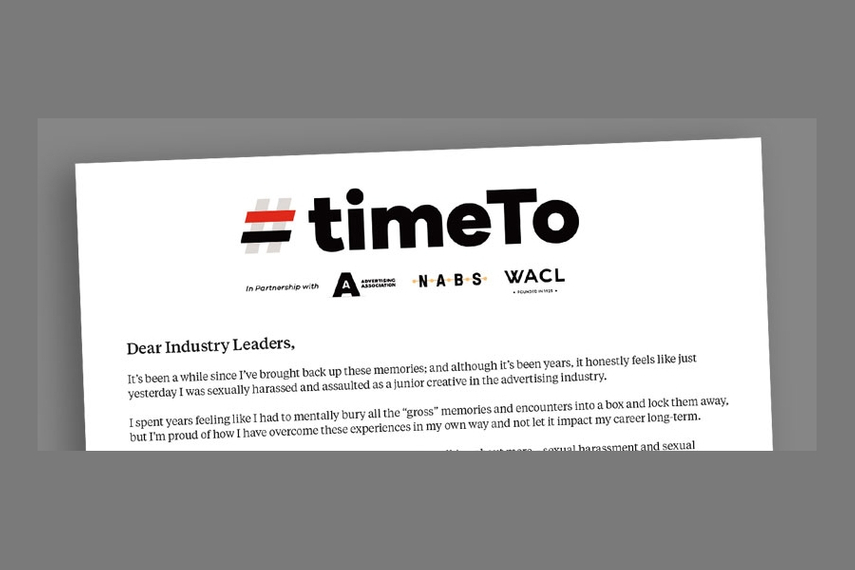
Please sign in or register
Existing users sign in here
Having trouble signing in?
Contact Customer Support at
[email protected]
or call+91 22 69489600
Campaign publishes anonymous letter detailing one woman's experience of being sexually harassed

Contact Customer Support at
[email protected]
or call+91 22 69489600
Top news, insights and analysis every weekday
Sign up for Campaign Bulletins
Saatchi & Saatchi took on AMV BBDO and Havas at the final stage.
WPP Media was the incumbent on the account.
In the noise of the country’s booming live entertainment market, experiential utility, not visibility, has become the differentiator.
Unlike traditional advertising, the agency's officials explain why commerce media offers deterministic shopping data and full-funnel visibility. But measurement remains a challenge.